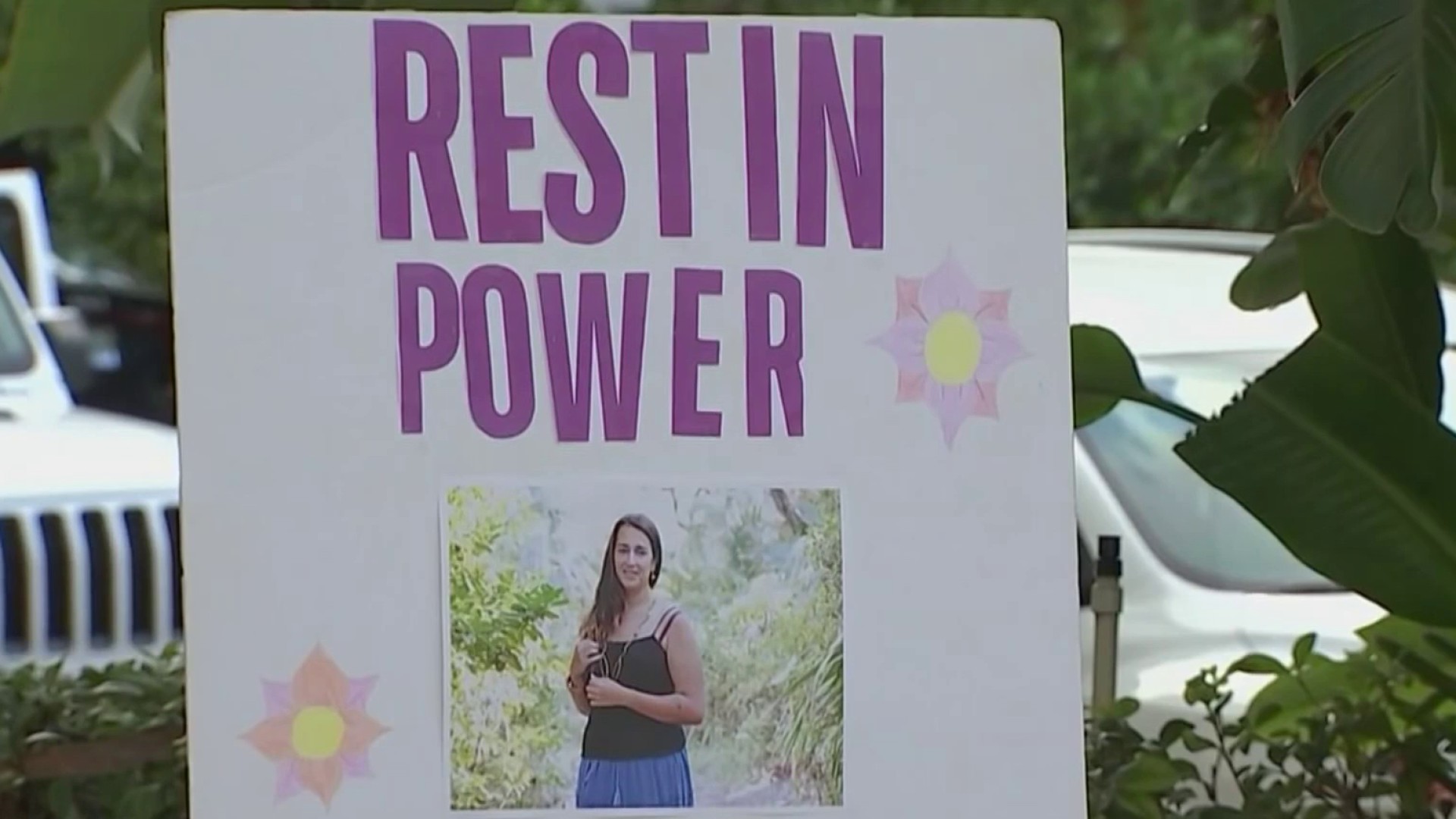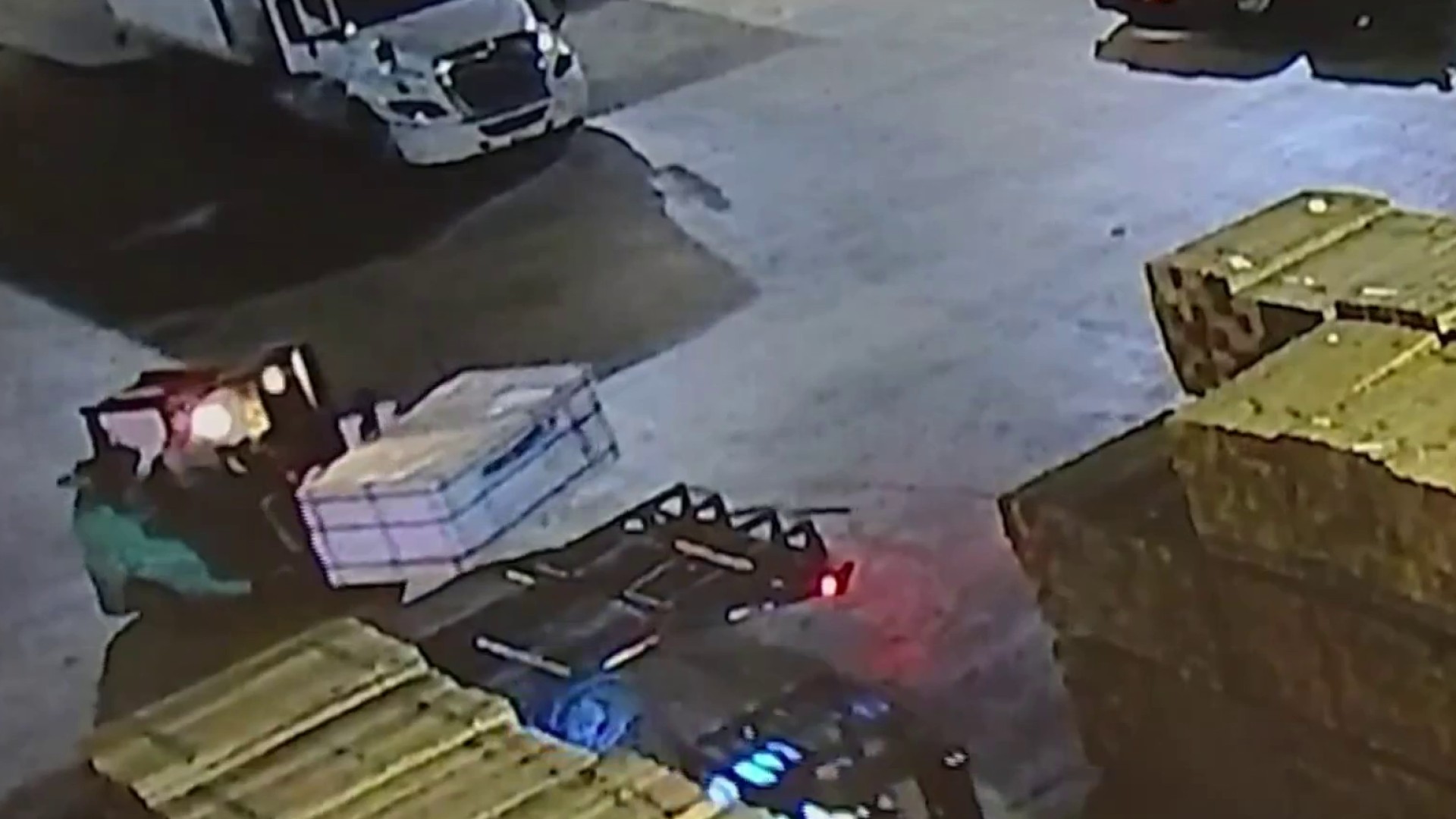Astronomy lovers, keep your eyes on the sky for a celestial treat this Friday: The final partial lunar eclipse of the year will be visible from South Florida.
Due to rainy and cloudy conditions, however, views of the lunar event may be limited, according to NBC 6 First Alert Meteorologist Steve MacLaughlin. Still, if there are breaks in the rain, you may be able to catch a glimpse of the astronomical phenomenon.
Rain or shine, Friday's eclipse is one for the books: 97% of the moon will be within the Earth's shadow during the peak of the eclipse, according to the Griffith Observatory. The partial eclipse will also be the longest since the 15th century, with the last partial eclipse occurring on Feb. 18, 1440.
The event will begin at about 2:18 a.m. and end at 5:47 a.m. Peak viewing time in South Florida will be at 4:02 a.m.
Get South Florida local news, weather forecasts and entertainment stories to your inbox. Sign up for NBC South Florida newsletters.
What Causes A Lunar Eclipse?
According to NASA, it's all because of the orbits of the moon around the Earth and the Earth around the sun
Sometimes, as all three celestial objects move around the solar system, the Earth passes between the moon and the sun. When this happens, the Earth casts a shadow, just like any other object that moves in front of a light source.
Local
That shadow has two parts. The darkest, inner part of the shadow where the sun is directly behind the Earth, is called the umbra. The more hazy and lighter part of the shadow around the edges is called the penumbra.
Lunar eclipses happen when that dark umbra falls on the surface of the moon, when the moon moves in its orbit through the space where Earth blocks light from the sun.
If everything lines up just right, the moon and the sun are on exactly opposite sides of our planet, and we get a total lunar eclipse where the moon is entirely covered by the umbra.
According to NASA, even during these total eclipses, sunlight filters through Earth's atmosphere, illuminating the moon in a way that makes it appear red from the ground on Earth.
But, more often, we get a partial lunar eclipse, meaning only some of the moon is covered by the umbra. During these events, the moon appears very dark where it is covered by Earth's shadow, and what you see depends on where you are on the Earth's surface relative to the moon and sun.
How can I see the lunar eclipse?
Experts say you don't need any special equipment to view lunar eclipses. It's safe to look directly at one, unlike solar eclipses. Unless you'd like to get a closer look, you don't need a telescope any more than you would need one to look at the moon any other night.
If it is rainy outside but you want to see the action, a live stream of the event will be shown here.



